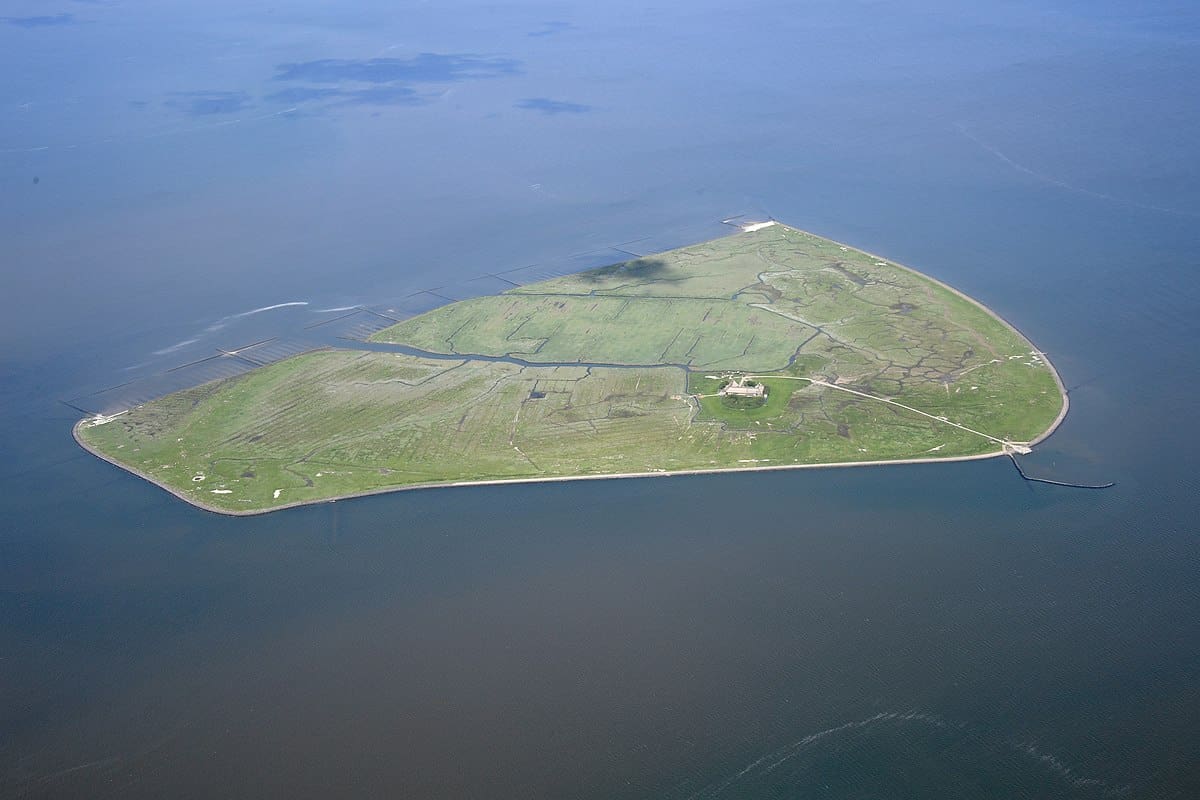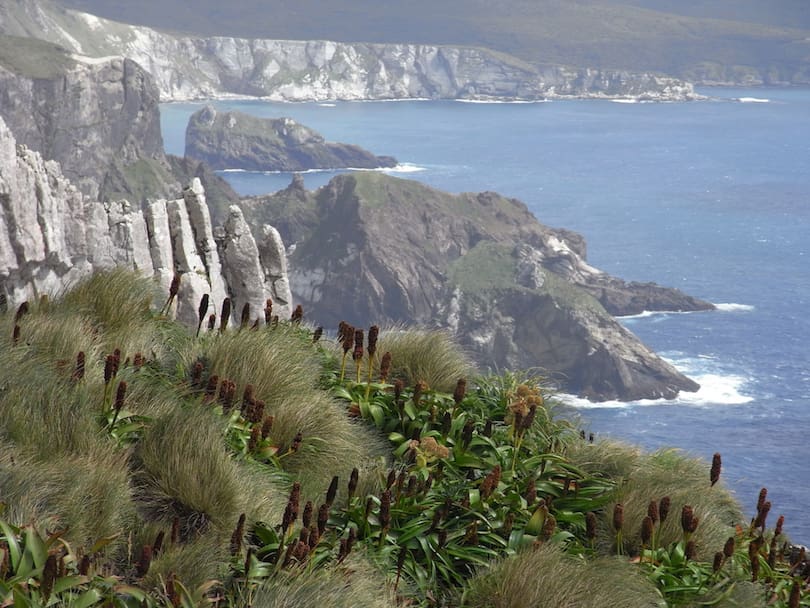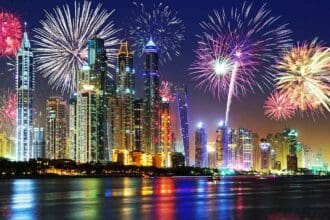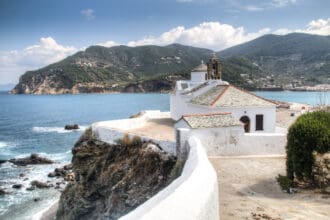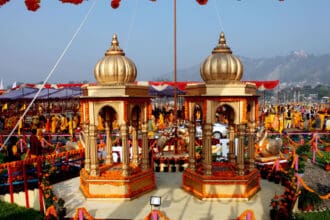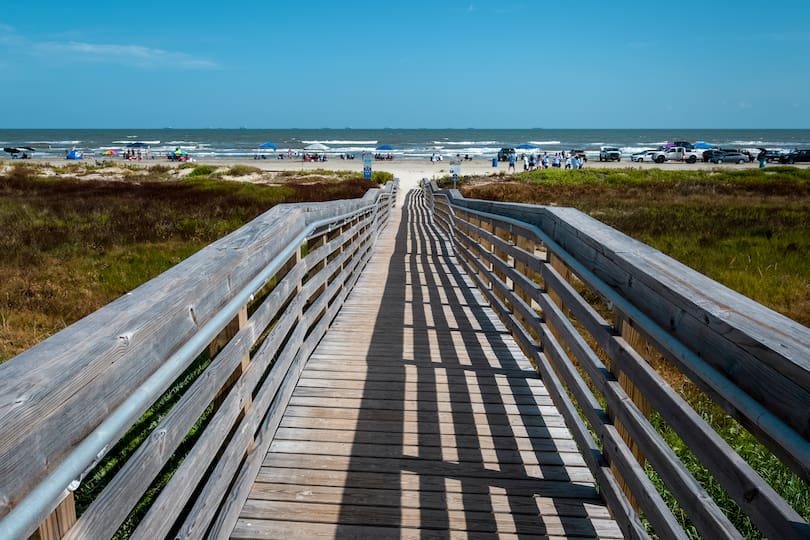Islands are fascinating places to visit or even dream about. They offer a unique combination of tranquility, exotic landscapes, and diverse cultures. They come in different sizes and shapes, ranging from tiny islets to massive landmasses. In this article, we will explore the 25 largest islands in the world, each with its distinct features and allure.
1. Greenland
Greenland is the largest island globally, located in the North Atlantic Ocean. It covers an area of about 2,166,086 square kilometers, making it larger than France, Spain, and Germany combined. Despite its name, Greenland is covered mostly by ice, with a population of about 56,000.
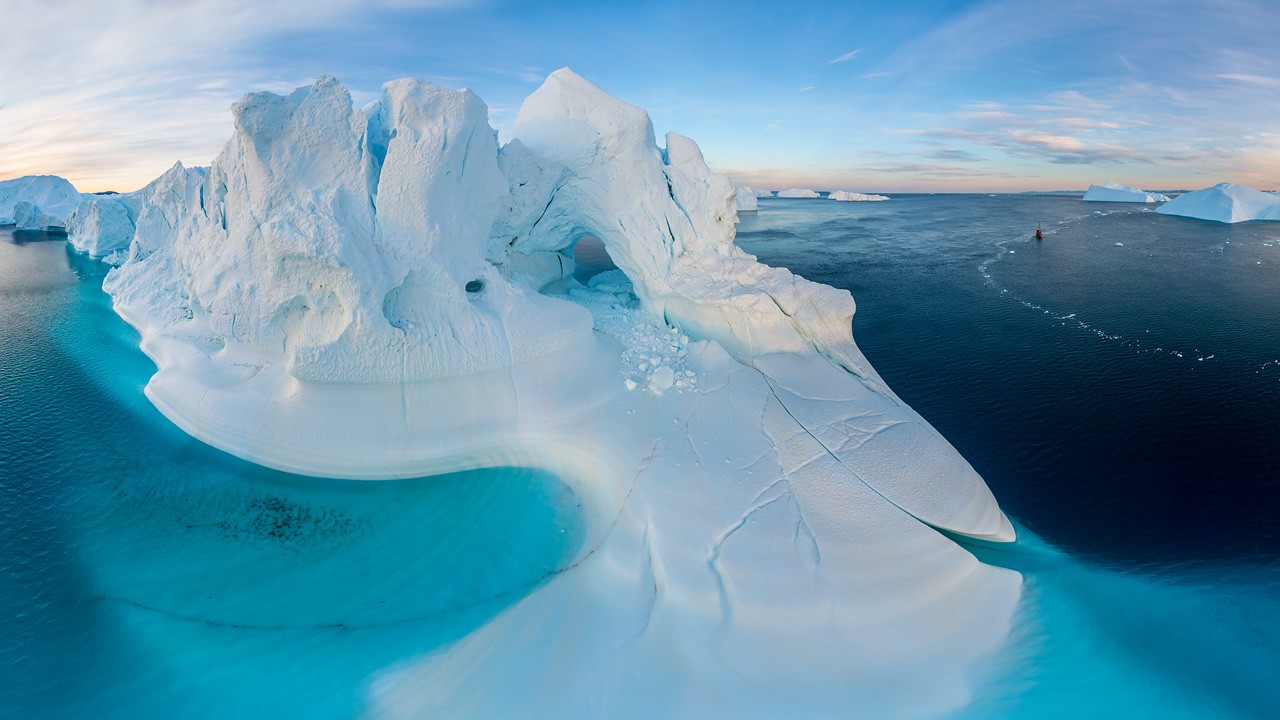
2. New Guinea
New Guinea is the second-largest island globally, located north of Australia. It covers an area of about 785,753 square kilometers and is shared by Indonesia and Papua New Guinea. The island is home to over 1,000 indigenous languages, making it one of the most linguistically diverse places on earth.

3. Borneo
Borneo is the third-largest island in the world, located in Southeast Asia’s Malay Archipelago. It covers an area of about 748,168 square kilometers and is shared by Indonesia, Malaysia, and Brunei. Borneo is known for its dense rainforests, diverse wildlife, and orangutans.
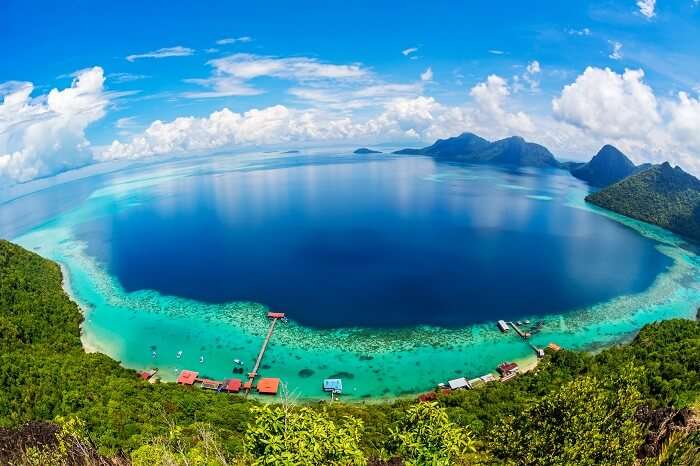
4. Madagascar
Madagascar is the fourth-largest island globally, located in the Indian Ocean off the east coast of Africa. It covers an area of about 587,295 square kilometers and is home to over 250,000 species of flora and fauna, most of which are endemic to the island.
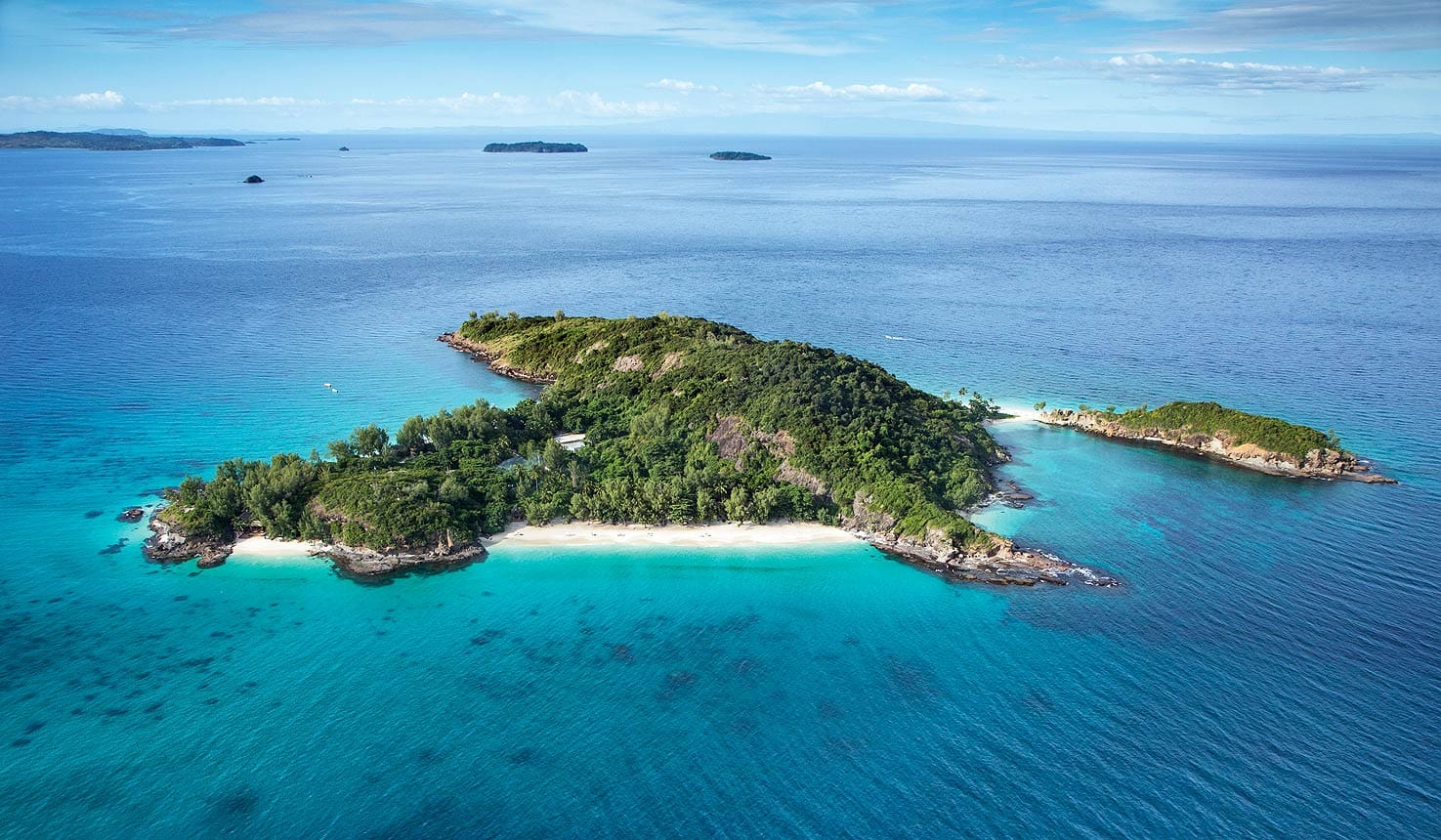
5. Baffin Island
Baffin Island is the fifth-largest island globally, located in Canada’s Arctic Archipelago. It covers an area of about 507,451 square kilometers, making it one of the world’s largest uninhabited islands.
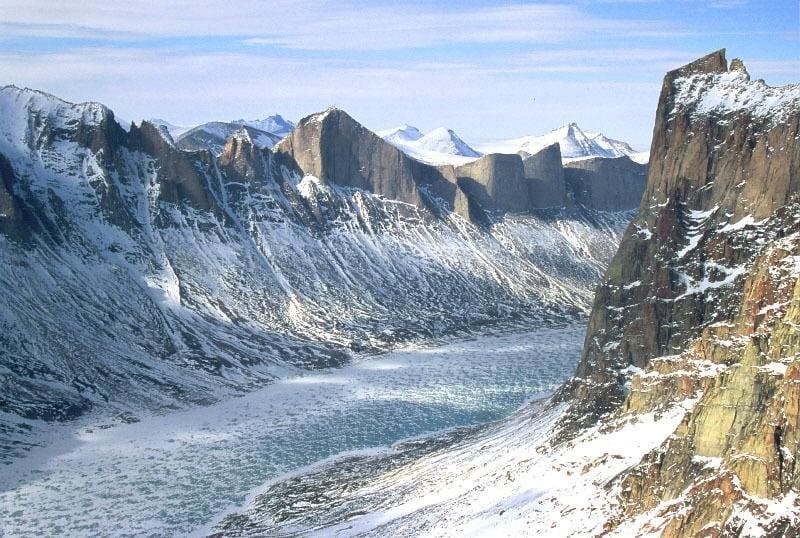
6. Sumatra
Sumatra is the sixth-largest island globally, located in western Indonesia. It covers an area of about 473,481 square kilometers and is home to the critically endangered Sumatran tiger.
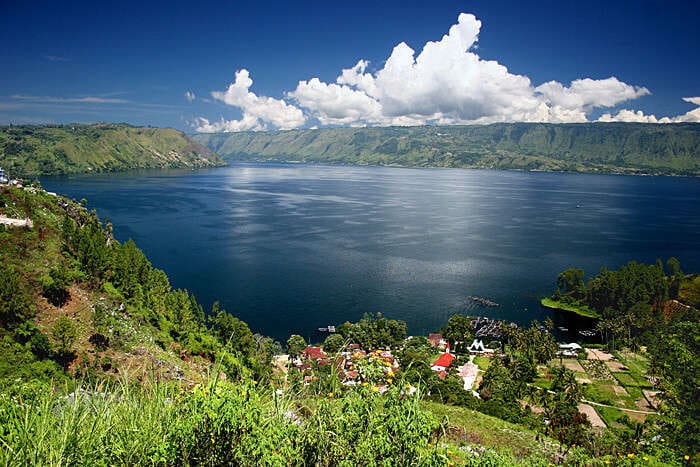
7. Honshu
Honshu is the seventh-largest island globally, located in Japan’s archipelago. It covers an area of about 225,800 square kilometers and is the most populous island in Japan, with over 100 million people living there.
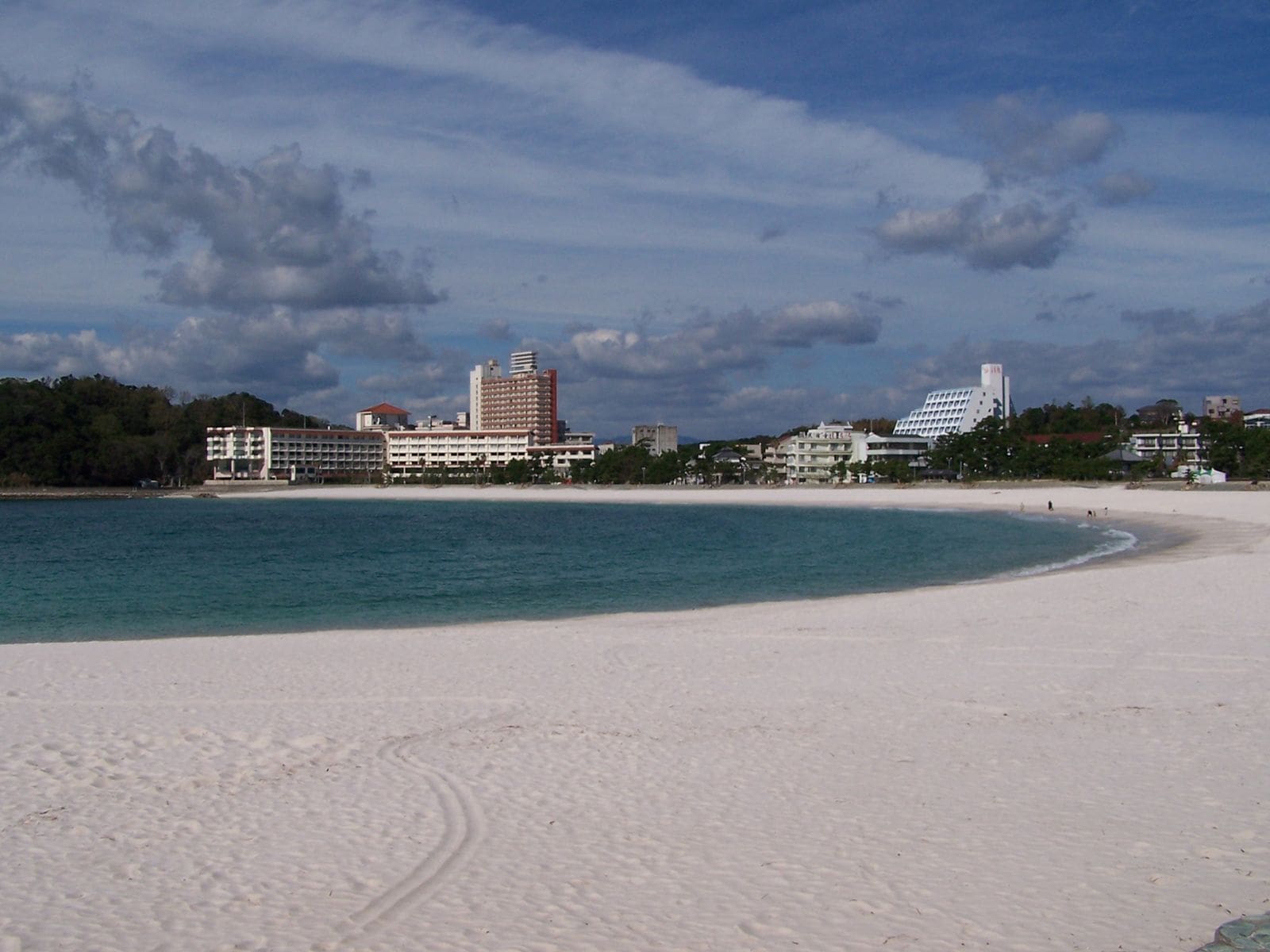
8. Victoria Island
Victoria Island is the eighth-largest island globally, located in the Arctic Ocean. It covers an area of about 217,291 square kilometers and is shared by Canada and Russia.
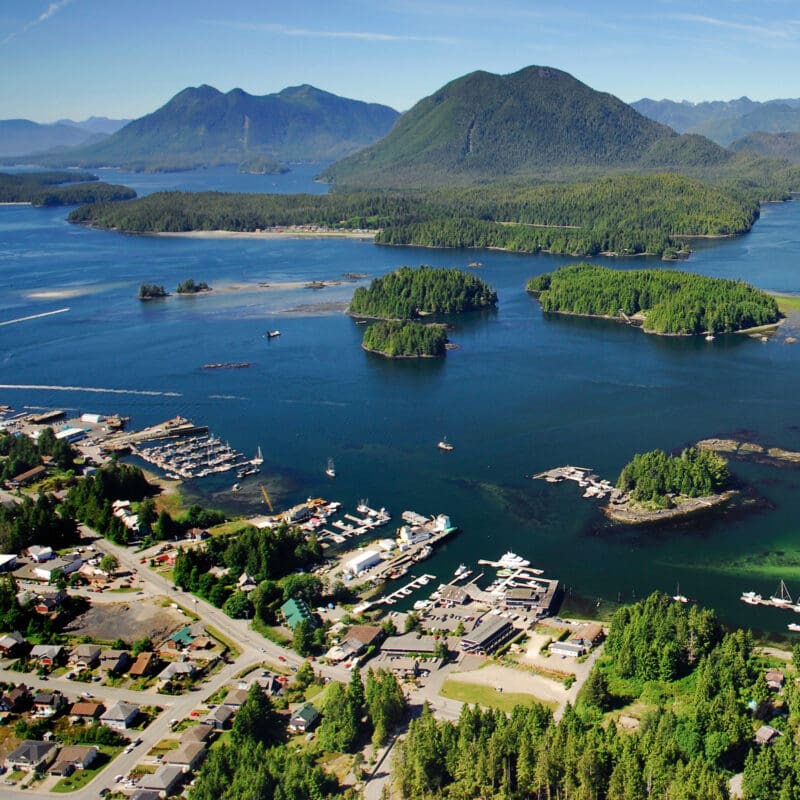
9. Great Britain
Great Britain is the ninth-largest island globally, located in the North Atlantic Ocean. It covers an area of about 209,331 square kilometers and is home to England, Scotland, and Wales.
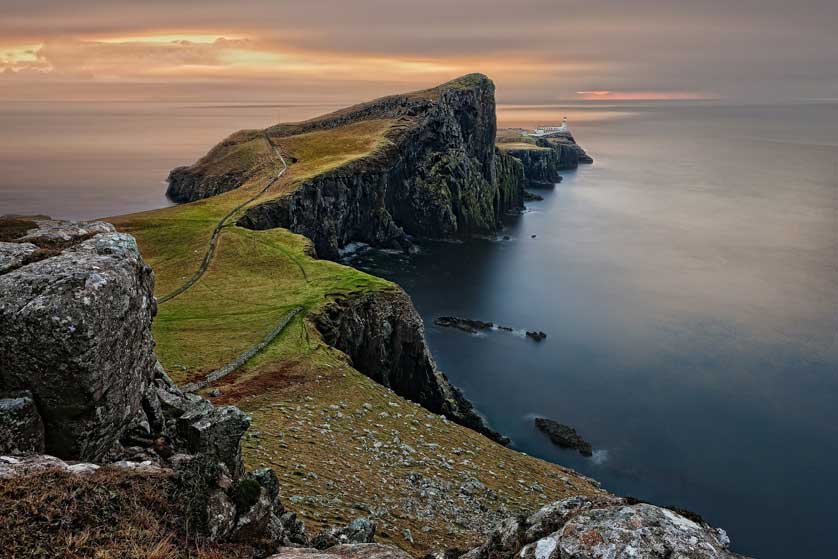
10. Ellesmere Island
Ellesmere Island is the tenth-largest island globally, located in Canada’s Arctic Archipelago. It covers an area of about 196,236 square kilometers and is known for its rugged terrain and Arctic wildlife.
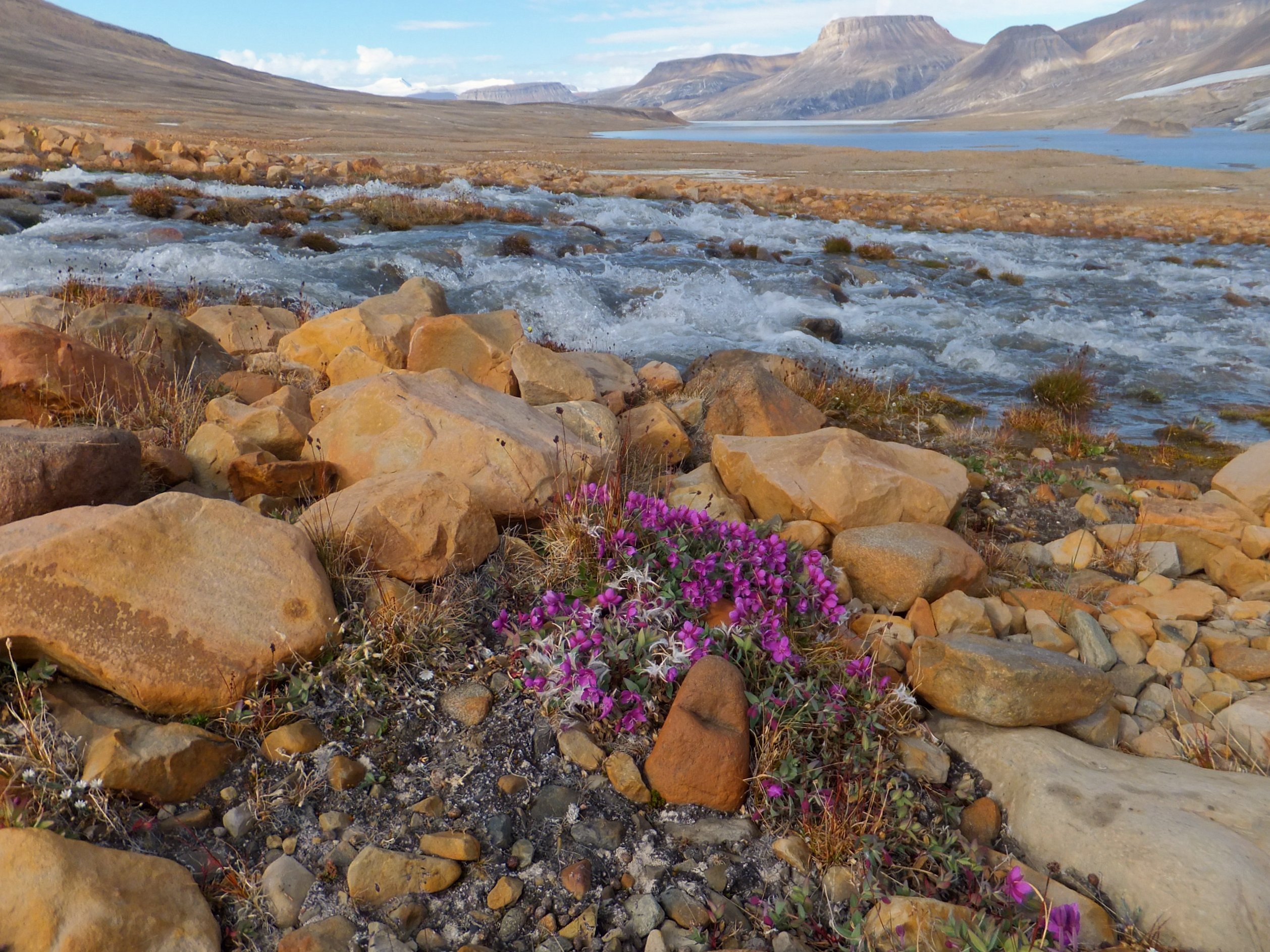
11. Sulawesi
Sulawesi is the eleventh-largest island globally, located in Indonesia’s Malay Archipelago. It covers an area of about 174,600 square kilometers and is known for its diverse marine life, including coral reefs and sea turtles.
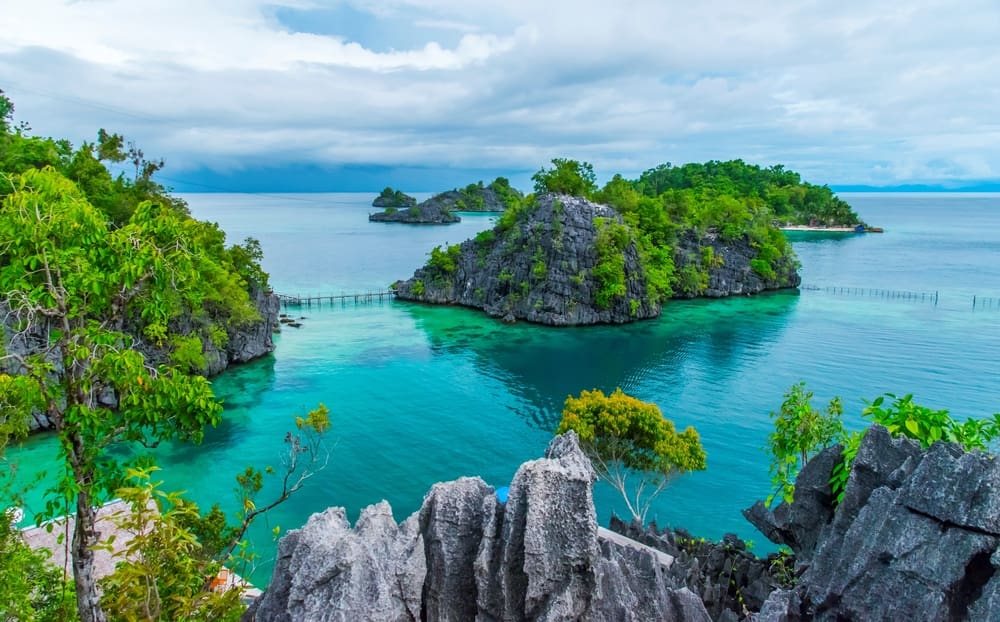
12. South Island
South Island is the twelfth-largest island globally, located in New Zealand. It covers an area of about 150,437 square kilometers and is known for its rugged Southern Alps, glaciers, and fjords.
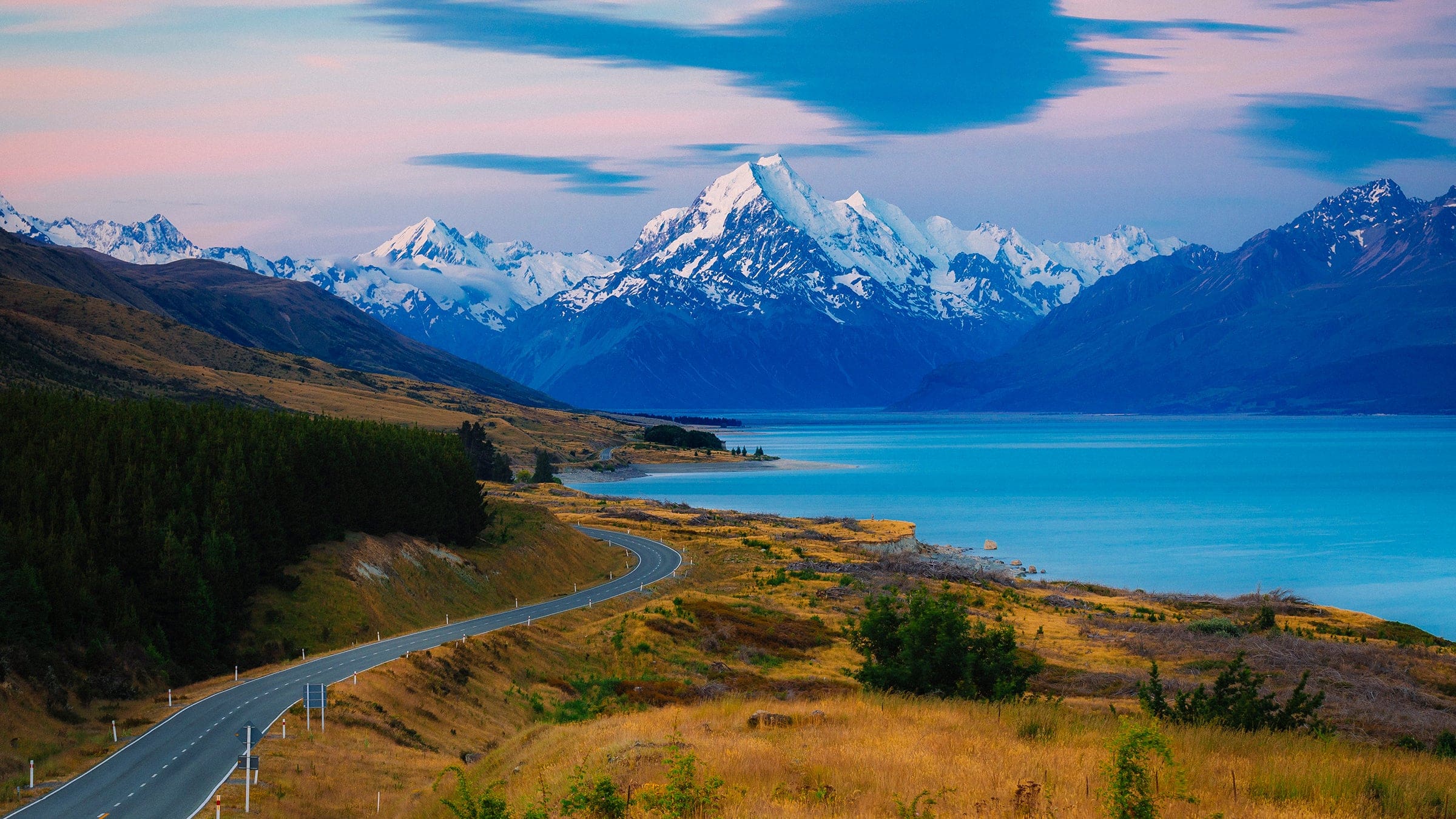
13. Java
Java is the thirteenth-largest island globally, located in Indonesia’s Malay Archipelago. It covers an area of about 138,793 square kilometers and is the most populous island in Indonesia, with over 140 million people living there. Java is known for its coffee plantations, ancient temples, and bustling cities like Jakarta and Surabaya.
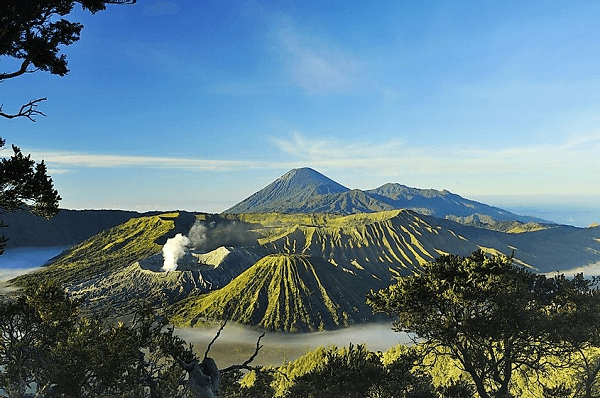
14. North Island
North Island is the fourteenth-largest island globally, located in New Zealand. It covers an area of about 111,583 square kilometers and is the most populous island in New Zealand, with over 3 million people living there. North Island is known for its geothermal wonders, including Rotorua’s hot springs and geysers.

15. Luzon
Luzon is the fifteenth-largest island globally, located in the Philippines. It covers an area of about 109,965 square kilometers and is the most populous island in the Philippines, with over 50 million people living there. Luzon is known for its stunning landscapes, including the rice terraces of Banaue and the beaches of Palawan.
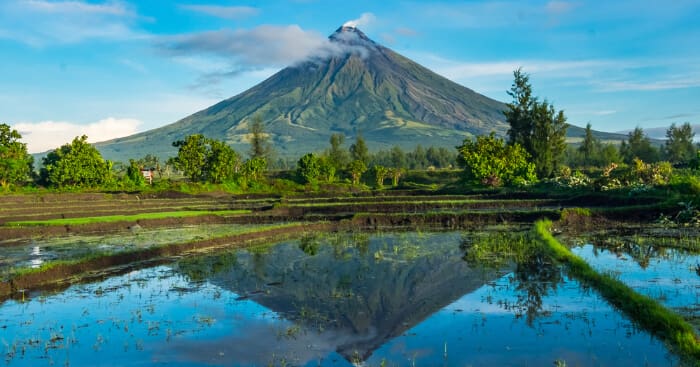
16. Iceland
Iceland is the sixteenth-largest island globally, located in the North Atlantic Ocean. It covers an area of about 103,000 square kilometers and is known for its otherworldly landscapes, including glaciers, geysers, and hot springs.
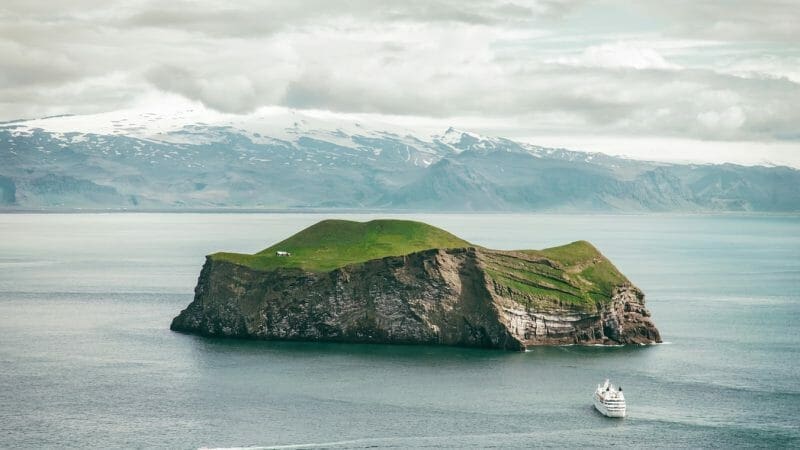
17. Mindanao
Mindanao is the seventeenth-largest island globally, located in the Philippines. It covers an area of about 97,530 square kilometers and is known for its stunning beaches, including Siargao Island, known as the surfing capital of the Philippines.
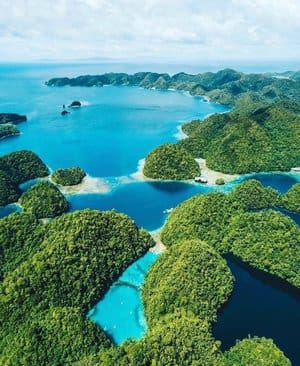
18. Ireland
Ireland is the eighteenth-largest island globally, located in the North Atlantic Ocean. It covers an area of about 84,421 square kilometers and is known for its vibrant culture, stunning landscapes, and friendly people.
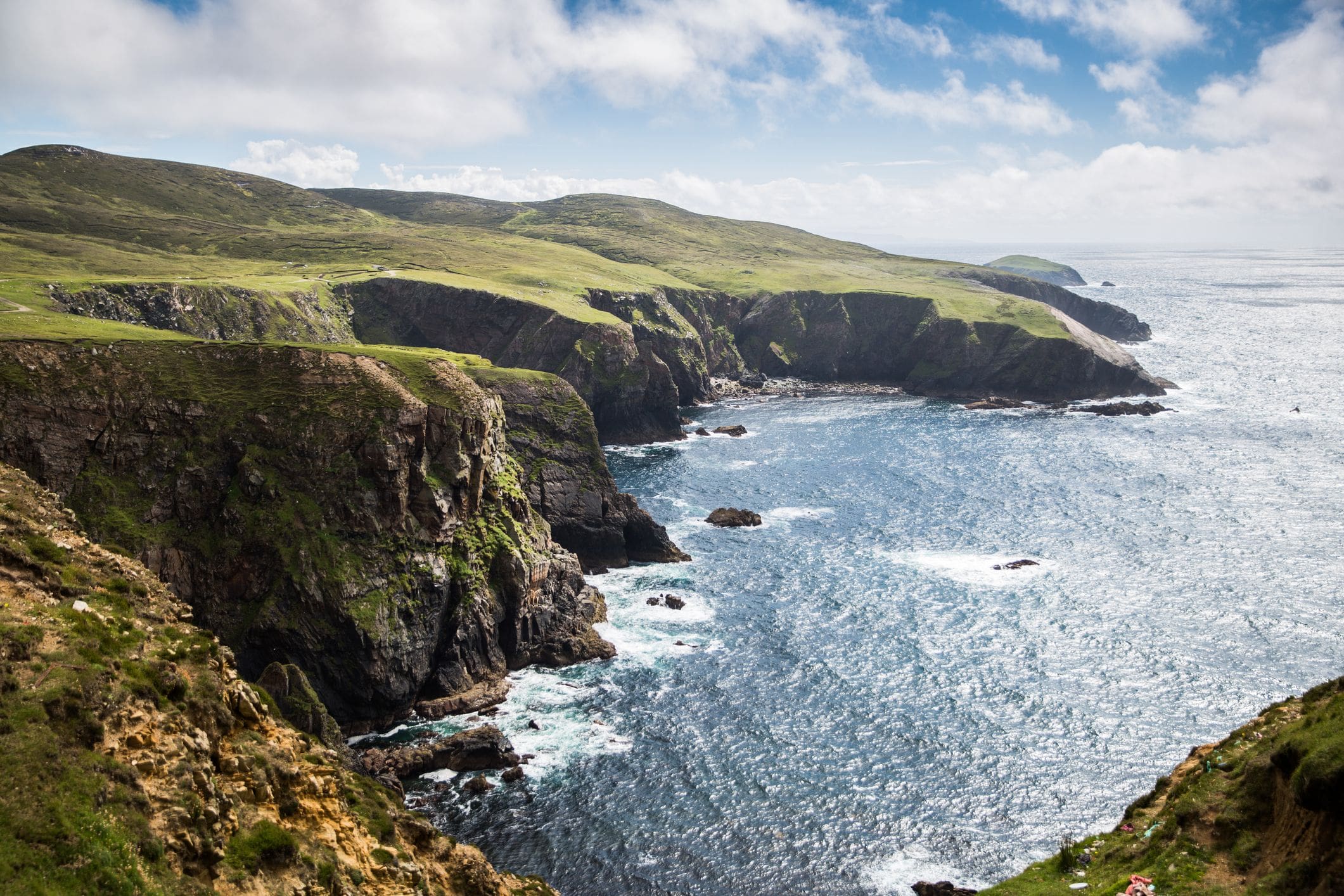
19. Hokkaido
Hokkaido is the nineteenth-largest island globally, located in Japan’s archipelago. It covers an area of about 77,981 square kilometers and is known for its beautiful national parks, skiing, and delicious seafood.
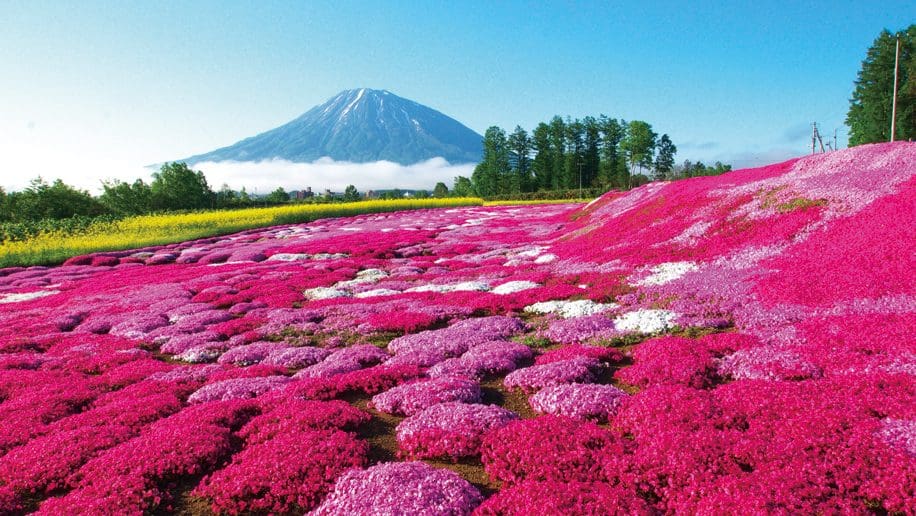
20. Hispaniola
Hispaniola is the twentieth-largest island globally, located in the Caribbean. It covers an area of about 76,192 square kilometers and is shared by the Dominican Republic and Haiti. Hispaniola is known for its beautiful beaches, lush rainforests, and vibrant culture.
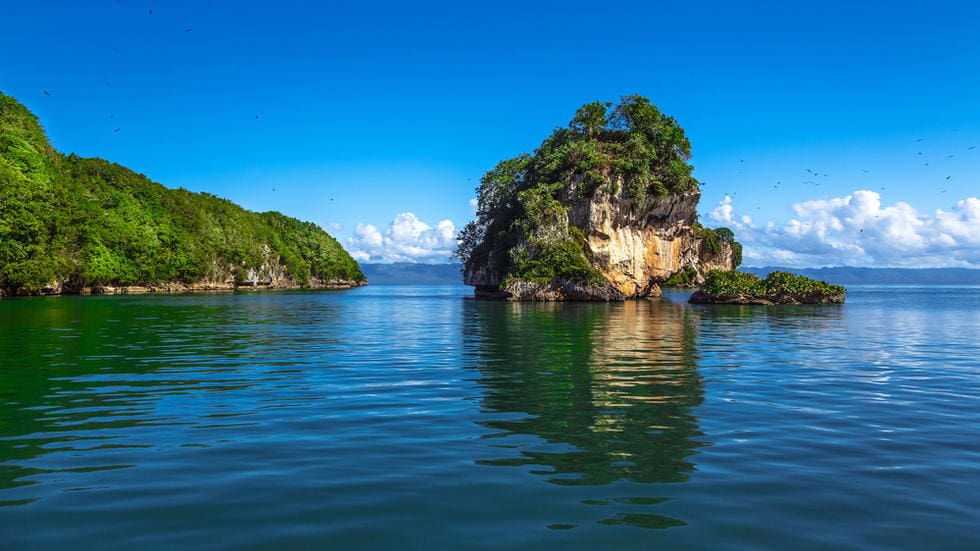
21. Sakhalin
Sakhalin is the twenty-first-largest island globally, located in Russia’s Far East. It covers an area of about 72,493 square kilometers and is known for its unique wildlife, including brown bears and Steller’s sea eagles.
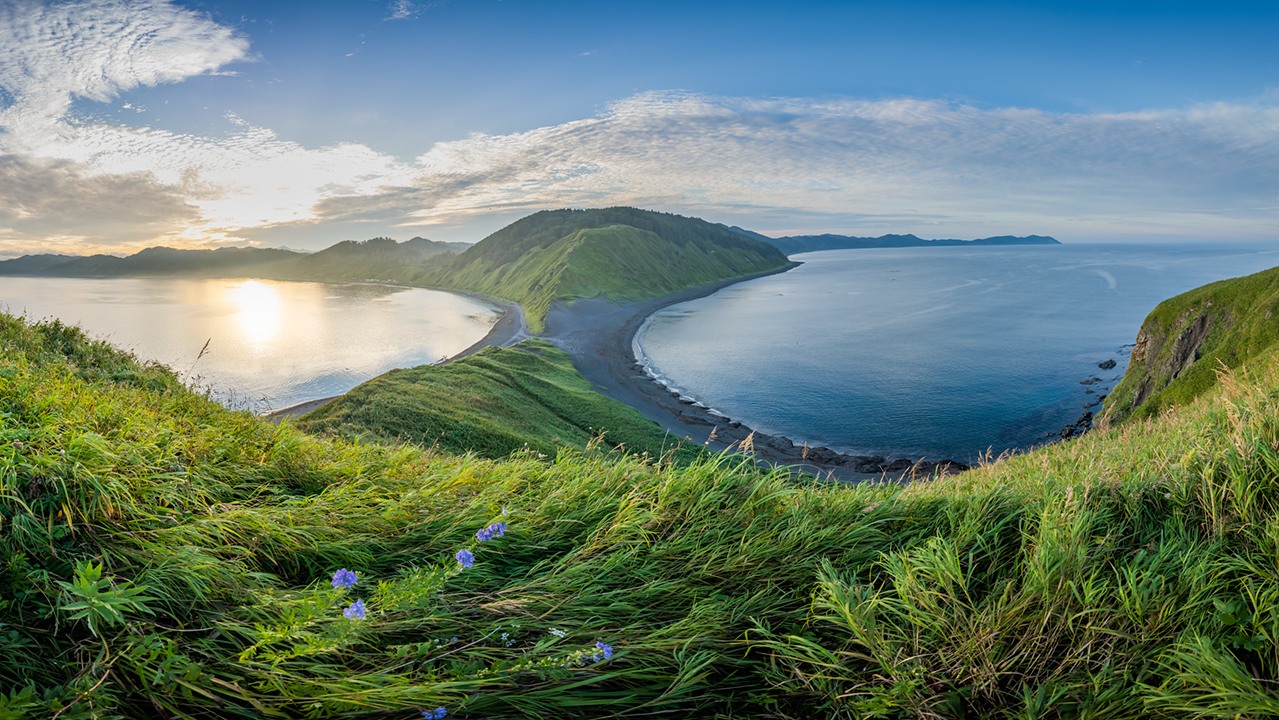
22. Banks Island
Banks Island is the twenty-second-largest island globally, located in Canada’s Arctic Archipelago. It covers an area of about 70,028 square kilometers and is known for its Arctic wildlife, including polar bears and muskoxen.
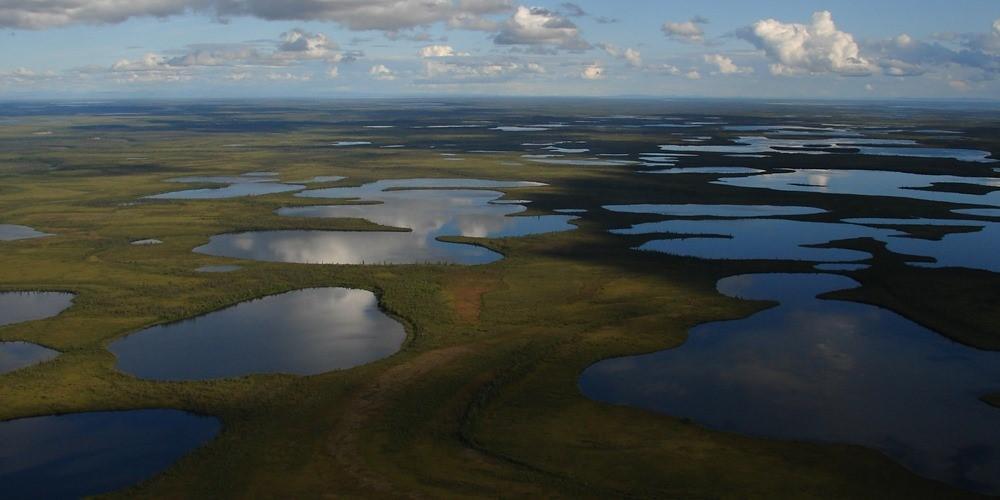
23. Sri Lanka
Sri Lanka is the twenty-third-largest island globally, located in the Indian Ocean. It covers an area of about 65,610 square kilometers and is known for its beautiful beaches, ancient ruins, and tea plantations.
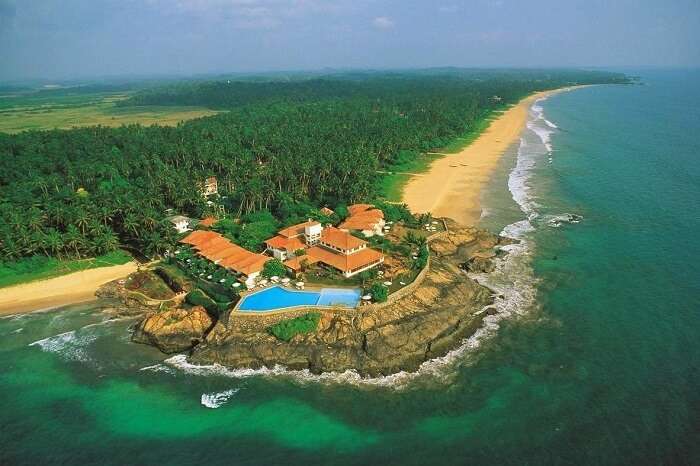
24. Tasmania
Tasmania is the twenty-fourth-largest island globally, located south of Australia. It covers an area of about 64,519 square kilometers and is known for its stunning landscapes, including the rugged wilderness of Cradle Mountain and the white sand beaches of Wineglass Bay.

25. Banks Peninsula
Banks Peninsula is the twenty-fifth-largest island globally, located in New Zealand’s South Island. It covers an area of about 1,150 square kilometers and is known for its stunning volcanic landscapes and unique wildlife, including the rare Hector’s dolphin. Banks Peninsula is also home to charming seaside towns and picturesque bays, making it a popular tourist destination.
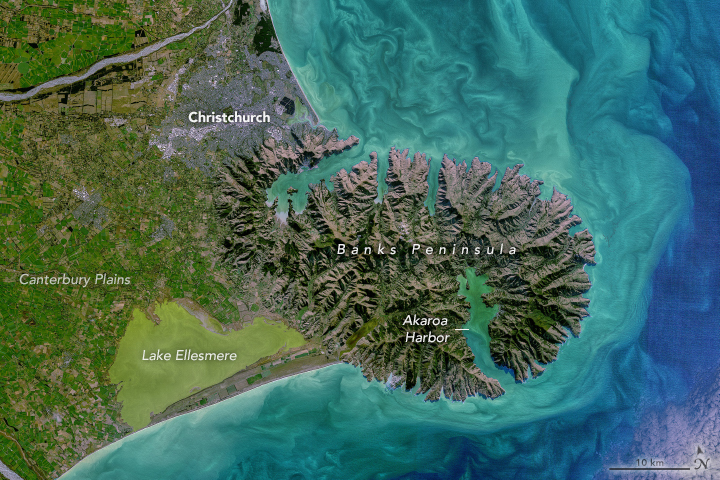
Conclusion
The largest islands in the world offer a diverse range of landscapes, cultures, and wildlife, making them a must-visit for any avid traveler. From the stunning beaches of the Philippines to the rugged wilderness of Tasmania, there’s something for everyone on these incredible islands.
FAQs
- What is the largest island in the world?
- The largest island in the world is Greenland, covering an area of about 2,166,086 square kilometers.
- Which island is known for its coffee plantations?
- Java, located in Indonesia, is known for its coffee plantations.
- Which island is known as the surfing capital of the Philippines?
- Siargao Island, located in Mindanao, is known as the surfing capital of the Philippines.
- What is the population of North Island in New Zealand?
- North Island in New Zealand has a population of over 3 million people.
- What is the main attraction of Banks Peninsula in New Zealand?
- Banks Peninsula in New Zealand is known for its stunning volcanic landscapes and unique wildlife, including the rare Hector’s dolphin.

